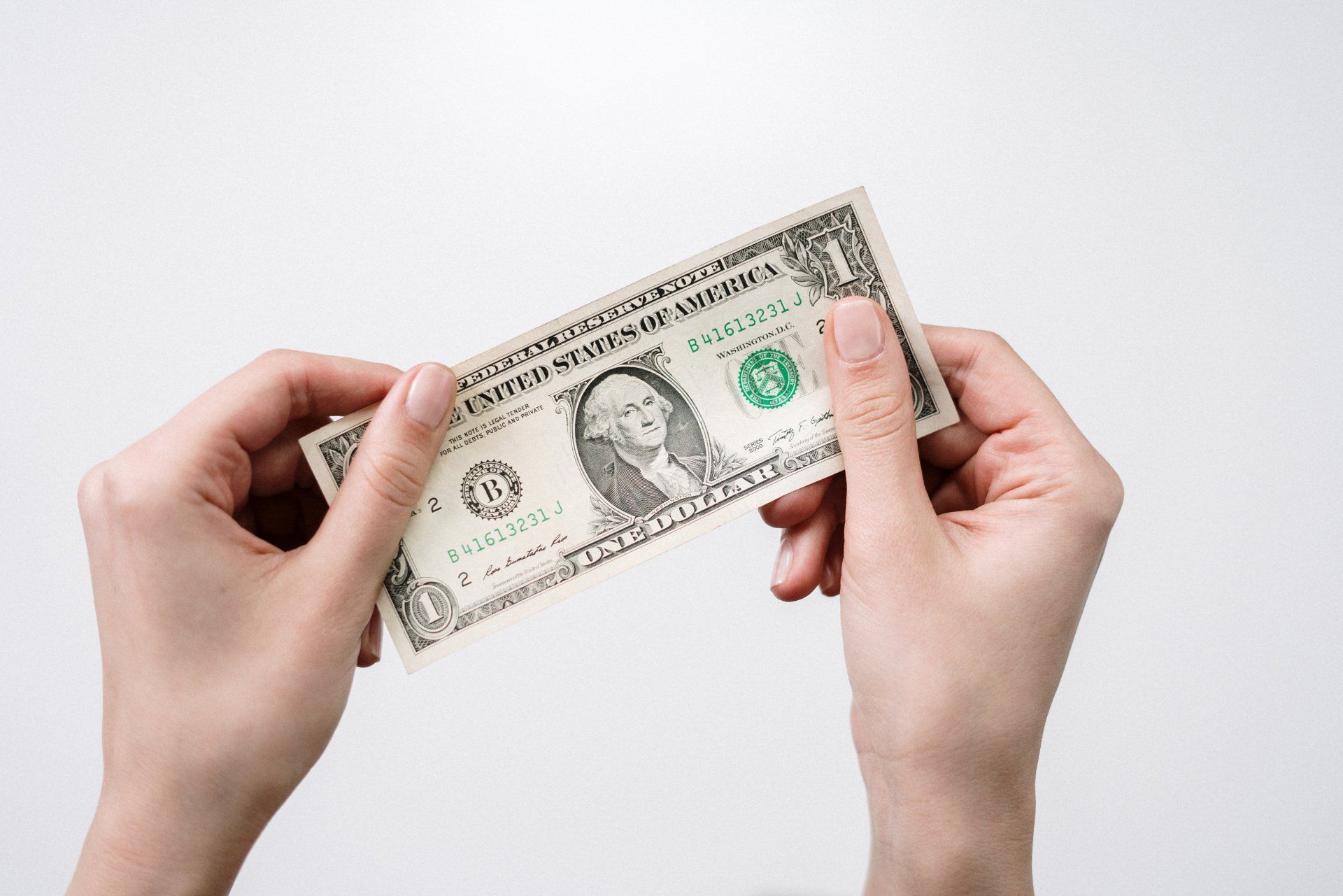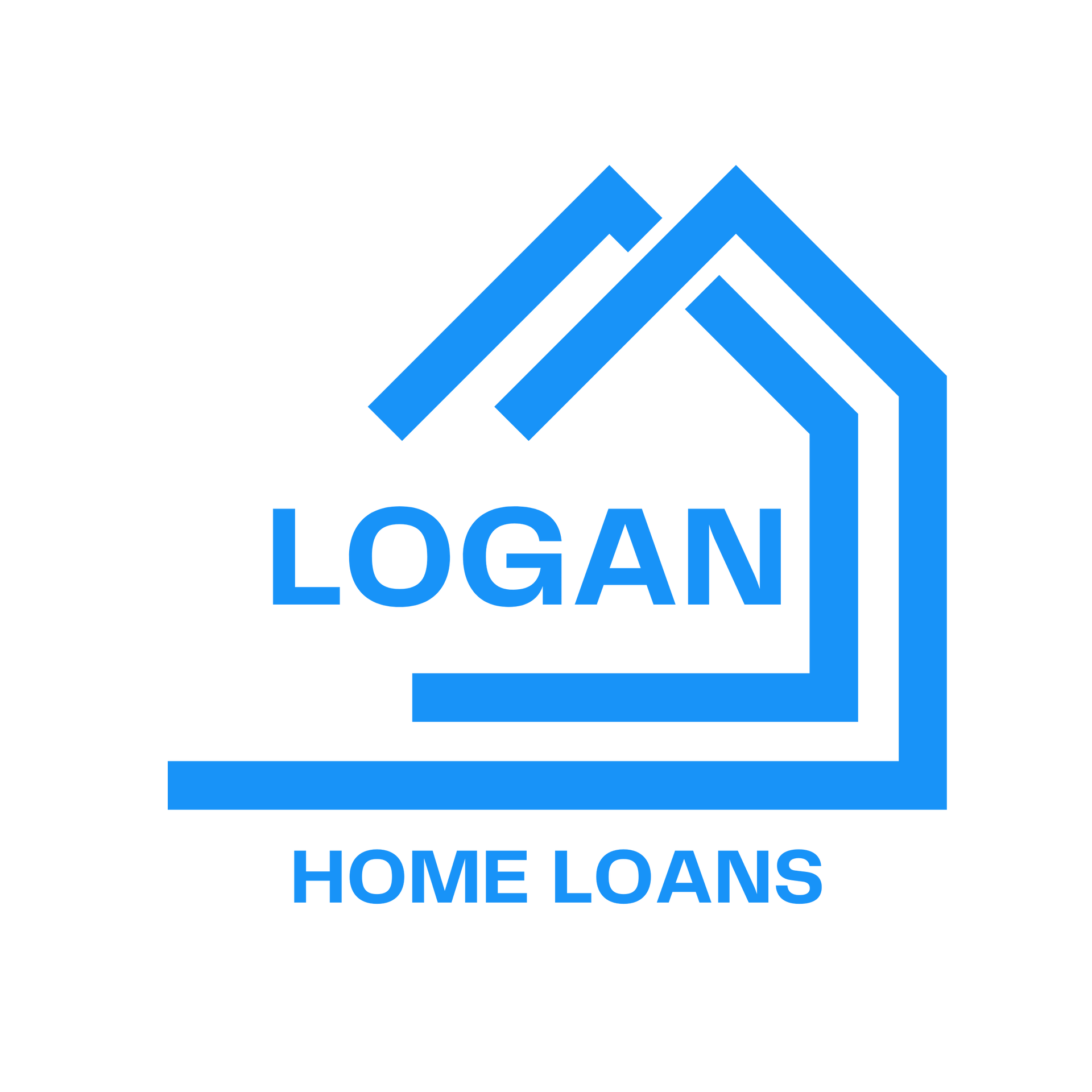How much does it cost to refinance a home loan?
Refinancing a home loan can be a complicated process, and there are a number of fees and costs associated with it. These costs can vary depending on the type of loan you have, the lender you choose, and the terms of the loan. In this blog post, we’ll take a look at the different costs associated with mortgage refinance and how much it can cost you.
Mortgage refinance is a great way to save money on your home loan. It can help you reduce your monthly payments, lower your interest rate, or even get cash out of your home equity. But before you jump into refinancing your mortgage, it’s important to understand the costs associated with it.
The first cost to consider when refinancing your mortgage is the application fee. This fee is typically charged by the lender and can range from $50 to $500. This fee covers the cost of processing your application and obtaining the necessary documents.
The next cost to consider is the appraisal fee. This fee is charged by the lender to determine the current value of your home. The cost of an appraisal can range from $200 to $500.
The third cost to consider is the origination fee. This fee is charged by the lender to cover the cost of processing your loan. The origination fee can range from 0.5% to 1% of the loan amount.
The fourth cost to consider is the closing costs. These costs can include title insurance, attorney fees, and other miscellaneous fees. The cost of closing costs can range from 1% to 5% of the loan amount.

Finally, you may also have to pay a prepayment penalty if you refinance your loan before the end of the term. This penalty is charged by the lender to cover the cost of lost interest. The cost of a prepayment penalty can range from 0.5% to 2% of the loan amount.
Now that you know the different costs associated with mortgage refinance, let’s take a look at how much it can cost you. The total cost of refinancing your mortgage can range from 2% to 7% of the loan amount. This cost includes the application fee, appraisal fee, origination fee, closing costs, and prepayment penalty.
For example, if you have a $200,000 loan and the total cost of refinancing is 5%, then the total cost would be $10,000. This cost would include the application fee, appraisal fee, origination fee, closing costs, and prepayment penalty.
It’s important to note that the cost of refinancing your mortgage can vary depending on the type of loan you have, the lender you choose, and the terms of the loan. Be sure to shop around and compare rates and fees to find the best deal for you.
Refinancing your mortgage can be a great way to save money on your home loan. But it’s important to understand the costs associated with it and how much it can cost you. By understanding the different costs associated with mortgage refinance, you can make an informed decision and find the best deal for you.


Home Loans
Other Loans
More
Calculators & Tools

We're here to help. Contact us | Call 1300 33 00 30
Lilem Pty Ltd (t/as Logan Home Loans) ACN 648695505 is a referrer based business that works with a group of qualified brokers.
Privacy Policy l
Feedback & Complaints l
Terms and Conditions
The information provided on this site is on the understanding that it is for illustrative and discussion purposes only. Whilst all care and attention is taken in its preparation any party seeking to rely on its content or otherwise should make their own enquiries and research to ensure its relevance to your specific personal and business requirements and circumstances.
All Rights Reserved | Logan Home Loans

